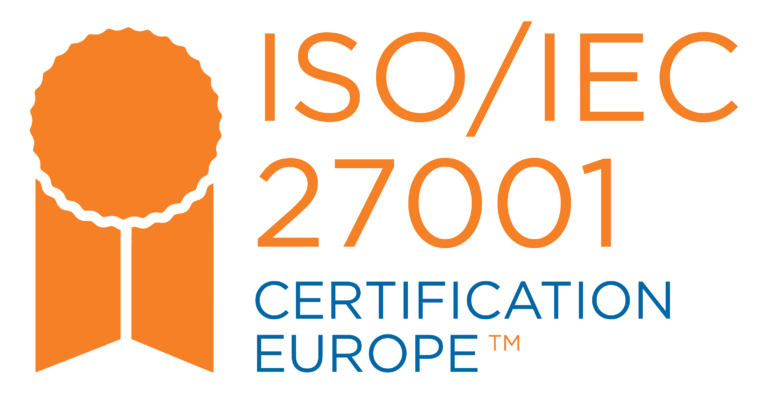We’ve been through the big data hype cycle and many of us have heard the phrase “data latency” which usually refers to the speed at which data moves. But what about the speed at which data insights move? Say what??? Let’s examine these steps in an illustrative process how an insight goes from hypothesis to measurement.

We’ll go ahead and assume that most organizations want to make data driven decisions, so at least we’re on the same page that we’re at least making efforts to execute a process like this. The question then is how effective are we at doing it? While this is a simple question on the surface the nuance of each step is beset with circumstances such as siloed teams, specialized skill sets, complexity of system and data integration and so on… Each step certainly has its own quality considerations and we could probably spend days discussing the nuances. However, you could be high quality in each step and still not solve for Insight Latency. Why? The problem is speed. The speed at which we are able to progress each step matters most. This is due to underlying customer behavior changes in time.
With digital transformation on an exponential rise “Insight Latency” is actually the problem to solve for because customer behavior is able to change faster and faster.
“continuous improvement is better than delayed perfection” – mark twain
If we look at how our marketing technology people, process and infrastructure (systems and data) should function through the lens of “how fast does our customer behavior change” we can achieve exponential gains in response and incremental performance.
Once we have our “speed benchmark” then we begin to explore what intelligent machine automation can optimize (quality and speed) for each step in the process. Our mindset must be what can the machine not do. Meaning, what tasks are only able to be performed by human domain expertise. Broadly speaking, machines are not fit to “ask the right questions”. While we’re probably headed in that direction the human marketer is safe for the time being at discerning what outcomes matter to the organization and steering intelligent machines towards optimizing binary customer outcomes.
One key implication of this paradigm shift is the way marketers think about campaign design. Instead of spending loads of time on if/then rules and segmentation instead much of the details of the internal workings of the campaign are left to the machine whereas the strategic guidance necessary to kick off the design of the campaign and then the measurement methodology of the customer outcomes begin to dominate the human marketers time. This is a good thing for all parties involved… including the end customer!
Finally, we favor a trigger (or event) based campaign approach for a variety of reasons. Specifically, in terms of Insight Latency, we love the speed of machine learning and the speed of measurement that trigger based campaigns produce. In batch campaigns the marketer’s Insight Latency is fundamentally constrained first and foremost at the time frequency at which the batch campaign runs. So, if you run a weekly campaign then your Insight Latency will never be faster than 2-3 weeks because this is the speed at which you iterate. However, trigger-based campaigns are real-time at the customer level (or near real-time) and thus you’re Insight Latency is potentially less than a week or even days. Moving at this speed means that we can test more and across multiple dimensions simultaneously. Examples of testing dimensions include; Next Best Time, Next Best Channel, Next Best Message, Next Best Offer and so on…
